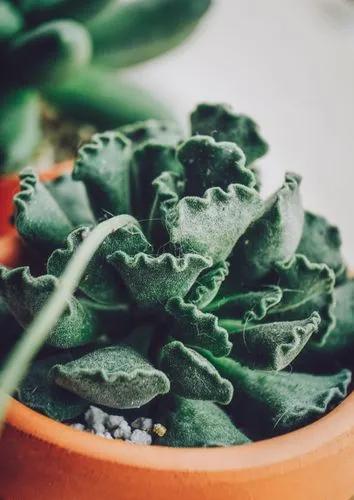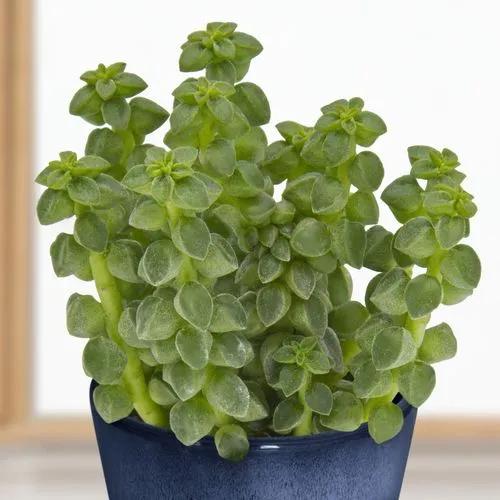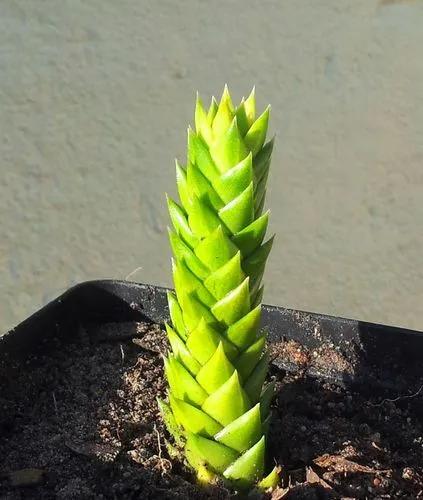Cylindrical Snake Plant is an African succulent that makes a carefree house plant. Round leaves with a dark-green striped pattern give this eye-catching succulent its common name. Pointed leaf tips give it another name, Spear Plant.
Braided Snake Plant Care
Sansevieria cylindrica
Other names: African Spear Plant



Sansevieria cylindrica offers all the ease and durability of the popular snake plant and the appeal of lucky bamboo. The plant consists of stout, cylindrical spears that spring from the sandy soil. They can be braided or left in their natural fan shape. Best of all, they can be almost entirely ignored and still thrive. It is a relative of Mother-in-Law's Tongue.
How to Care for the Plant

Water

As a general rule of thumb, one can water a snake plant once a month in winter and about every 1-2 weeks during the rest of the year. that may sound like a very less amount, but it's appropriate for these plants. In fact, during winter they can go without water even for a few months.

Pruning

Remove any dying or yellowing leaves for aesthetic reasons.

Fertilizer

Simply apply the fertilizer around the base of the plant, extending to the drip line. For vegetables, place the fertilizer in a strip parallel to the planting row. Water-soluble fertilizers are faster acting but must be applied more frequently. This method gives plants food while you water.

Sunlight

The partial sun generally means less than six and more than four hours of sun per day. Plants for the partial sun will do well in a location where they receive a break from the sun each day. They like the sun but will not tolerate a full day of it and need at least some shade each day.

Soil

Prefer fertile soil, preferably loose and loamy with adequate drainage.

Propagation

Braided snake plants are easily propagated by offshoots that rhizomes send. Wait until your plant’s stalks grow to about 6 inches (15 cm) tall before separating plants that have grown together. Remove the rhizome near the and let it rest for a couple of days before planting.

Temperature

Temperatures above 50 F are best, but it can survive cold spells. Generally, they do best in temperatures that are comfortable to humans: above 50 and below 85 F.

Container

Pot should provide ample drainage and room for growth.

Popularity

4,166 people already have this plant 1,182 people have added this plant to their wishlists

Common pests

Aphids, vine weevils, and mealybugs are common pests. You can use insecticidal soap, horticultural oil, or neem oil to get rid of them.

Frequent diseases

Snake plants are disease-resistant. If you notice something is wrong with your plant, most likely, it’s either overwatered or underwatered.

Botanist’s tips

- When propagating, take care not to cover the leaves!
- Do not move the plant from shade to light too quickly: it will shock the plant.
Discover more plants with the list below
Popular articles






